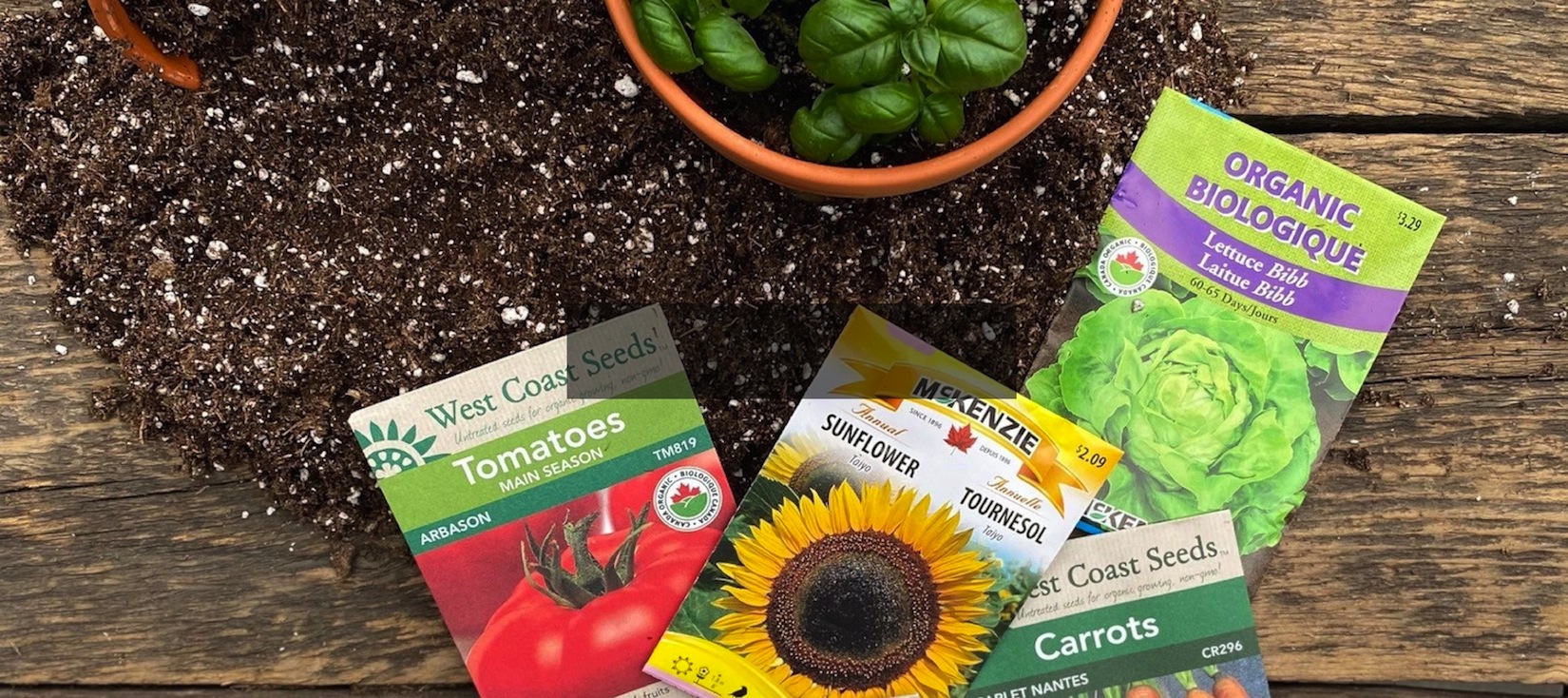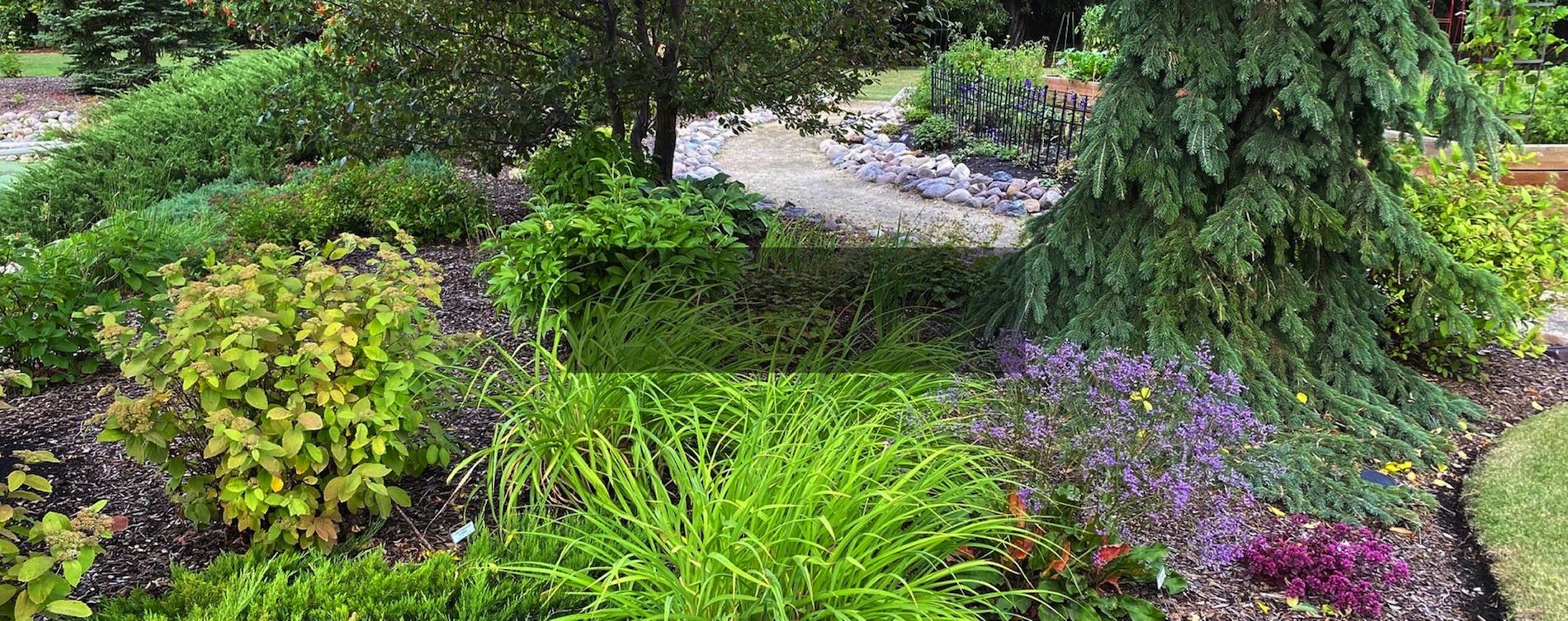Bonsai

The term bonsai is a Japanese word which literally translates to ‘planted in a container’. Bonsai does not refer to a species of tree, but is an artform, meant to create a miniature version of a tree that mimics how it might appear in nature once fully grown. While bonsai are traditionally grown outdoors, the difficulty in overwintering containers outdoors in our climate means we are mostly restricted to indoor growing.
Bonsai Care
Our most common bonsai selections for indoors include Juniper, Ficus, Ginseng, Pachira and others. Considered tropical plants, many of these will benefit from bright, but indirect light. Most will come potted in a well-drained soil mix, often with pumice or lava incorporated for drainage.
Plants should be watered when soil starts to dry out but before it has dried completely. Fertilizer should be applied regularly during the growing season (spring and summer) but not during dormancy (fall and winter). Any balanced fertilizer can be used (20-20-20 or 15-30-15) whether it be water-soluble, liquid or slow release.
Pruning and Wiring
There are two types of bonsai pruning: maintenance and structural. Maintenance pruning is done throughout the growing season and involves using shears/cutters to reduce branches that have outgrown the tree’s canopy or intended form. Bonsai shears are recommended as it is easier to make clean cuts in small spaces. For conifers (Junipers) it is better to hand pinch only new growth (do not cut into old growth), as this will prevent tip browning. Structural pruning involves the removal of entire branches to achieve a desired form. Use an appropriate bonsai cutting tool to remove the branch almost flush with the trunk, leaving just a slight stump.
Wiring is used to change the direction branches are held in, to achieve a desired form. Bonsai wire is first wrapped around the trunk, then coiled around the branch to be manipulated. This will allow you to gently bend the branch into the desired direction or shape. The larger the branch, the thicker the gauge of wire that should be used. Be careful not to wrap the wire too tightly, or it can cause unsightly scars •
Repotting
Bonsai should be repotted once they become rootbound. This will be evident by roots appearing on the surface of the soil and coming out of the drainage holes. Trees may need repotting every 2-5 years depending on the individual tree. Your bonsai container should have a height equal to the width of the trunk at the base and width equal to 1/3 (round or square pots) to 2/3 (oval or rectangular pots) the height of the tree. When repotting, roots may be trimmed up to 1/3 to ensure they fit comfortably into the new planter. Be sure to incorporate a drainage layer of pumice or charcoal at the base, then repot with a well drained soil/bonsai mix.





